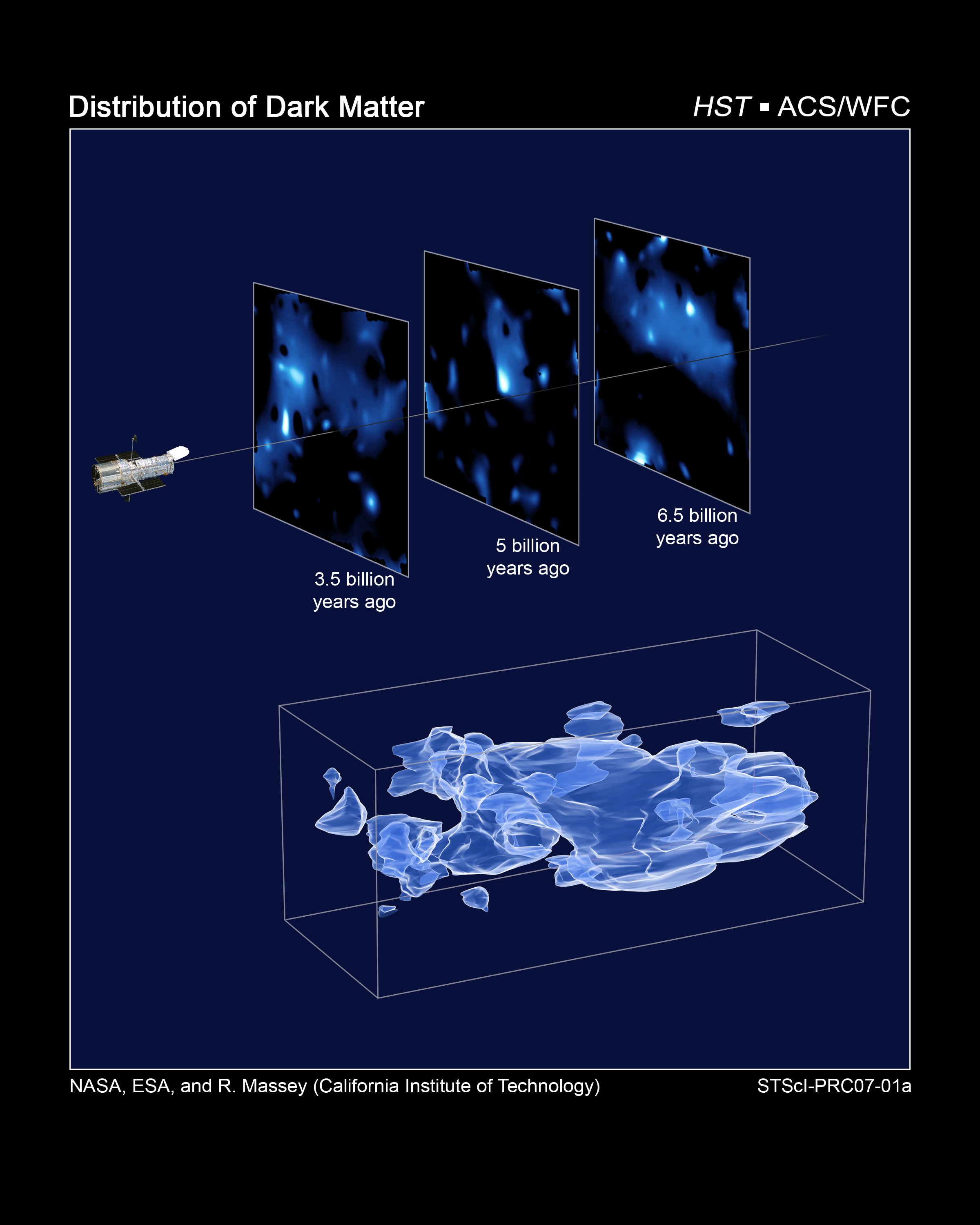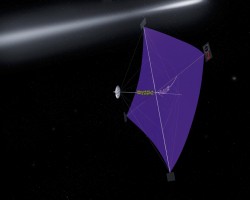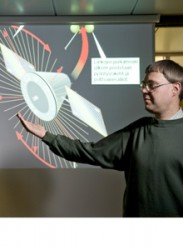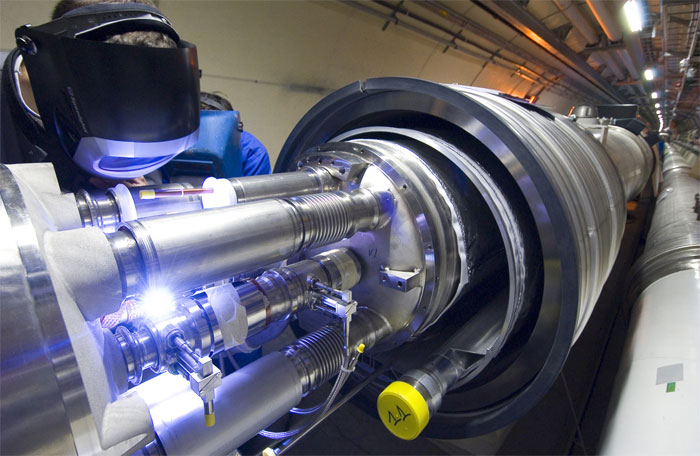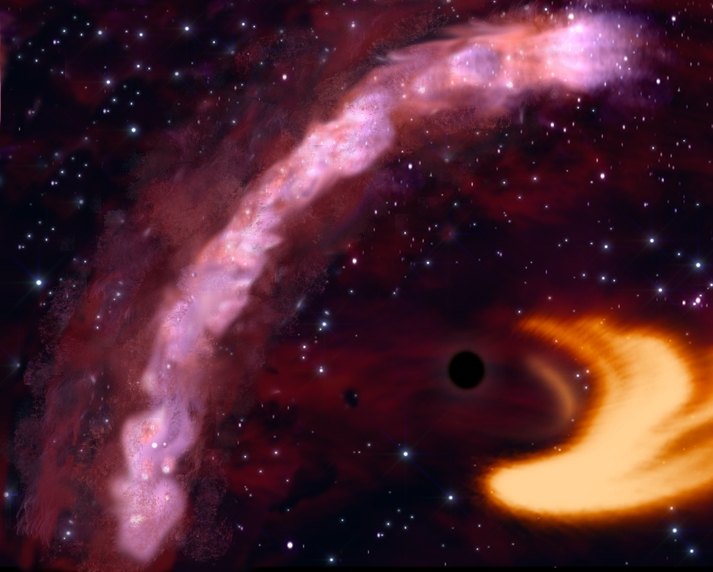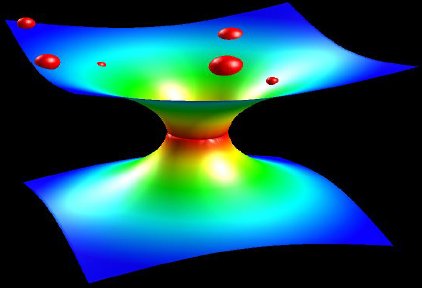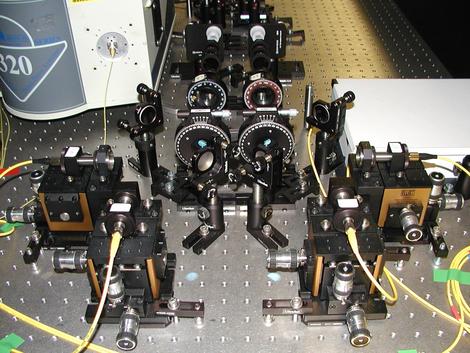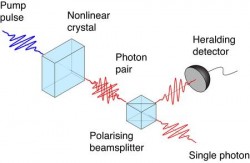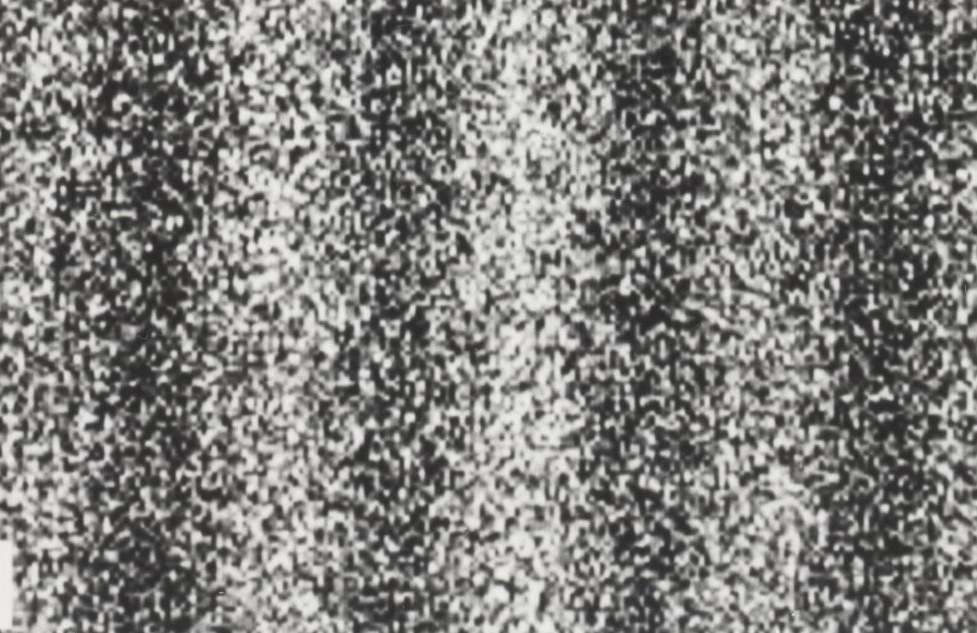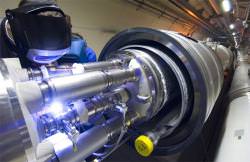How do you catch a WIMP? No, I’m not talking about bullying the weakest kid in class, I’m talking about Weakly Interacting Massive Particles (those WIMPs). Well, it isn’t easy. Although they are “massive” by definition, they do not interact with the electromagnetic force (via photons) so they cannot be “seen” and they do not interact with the strong nuclear force, so they cannot be “felt” by atomic nuclei. If we cannot detect WIMPs via these two forces, how can we possibly ever hope to detect them? After all, WIMPs are theorized to be flying through the Earth without hitting anything, they are that weakly interacting. But sometimes, they might collide with atomic nuclei but only if they collide head-on. This is a very rare occurrence, but the Large Underground Xenon (LUX) detector will be buried 4,800 feet (1,463 meters, or nearly a mile) underground in an old South Dakota goldmine and scientists are hopeful that when an unlucky WIMP bumps into a xenon atom, a flash of light will be captured, signifying the first ever experimental evidence of dark matter…
Galaxies observed from Earth have some strange qualities. The biggest problem for cosmologists has been to explain why galaxies (including the Milky Way) appear to have more mass than can be observed by counting stars and accounting for interstellar dust alone. In fact, 96% of the Universe’s mass cannot be observed. 22% of this missing mass is thought to be held in “dark matter” (74% is held as “dark energy”). Dark matter is theorized to take on many forms. Massive Astronomical Compact Halo Objects (astronomical bodies containing ordinary baryonic material that cannot be observed; like neutron stars or orphaned planets), neutrinos and WIMPS all are thought to contribute toward this missing mass. Many experiments are in progress to detect each contributor. Black holes can be indirectly detected by observing the interactions in the centre of galaxies (or gravitational lensing effects), neutrinos can be detected in huge tanks of fluid buried deep underground, but how can WIMPs be detected? It seems a WIMP detector needs to take a leaf out of the neutrino detector’s books – it needs to start digging.
To avoid interference from radiation such as cosmic rays, low energy detectors such as neutrino “telescopes” are buried well below the Earth’s surface. Old mine shafts make ideal candidates as the hole is already there for the instrumentation to be set up. Neutrino detectors are huge containers of water (or some other agent) with highly sensitive detectors positioned around the outside. One such example is the Super Kamiokande neutrino detector in Japan which contains a vast amount of ultra-purified water, weighing in at 50,000 tons (pictured left). As a weakly interacting neutrino hits a water molecule in the tank, a flash of Cherenkov radiation is emitted and a neutrino is detected. This is the basic principal behind the new Large Underground Xenon (LUX) detector that will use 600 pounds (272 kg) of liquid xenon suspended in a 25 foot high tank of pure water. If WIMPs exist beyond the realms of theory, it is hoped that these weakly interacting massive particles will collide head-on with a xenon atom, and like their light-weight cousins, emit a flash of light.
Robert Svoboda and Mani Tripathi, UC Davis professors, have secured $1.2 million in National Science Foundation (NSF) and U.S. Department of Energy funding for the project (this is 50% of the total required). When compared with the Large Hadron Collider (LHC) costing billions of Euros to build, LUX is a highly economic project considering the scope of what it might discover. Should there be experimental evidence of a WIMP interaction, the consequences will be enormous. We will be able to begin to understand the origins of WIMPs and their distribution as the Earth sweeps through the possible dark matter halo that is indirectly observed to exist in the Milky Way.
Detecting dark matter “would be the biggest deal since finding antimatter in the 1930s.” – Professor Mani Tripathi, LUX co-investigator, UC Davis.
The gold mine in South Dakota was closed in 2000 and in 2004 work began to develop the site into an underground laboratory. LUX will be the first large experiment to be housed there. It is hoped that the installation will start late summer, after water has been pumped out of the mine.
Original source: UC Davis News

